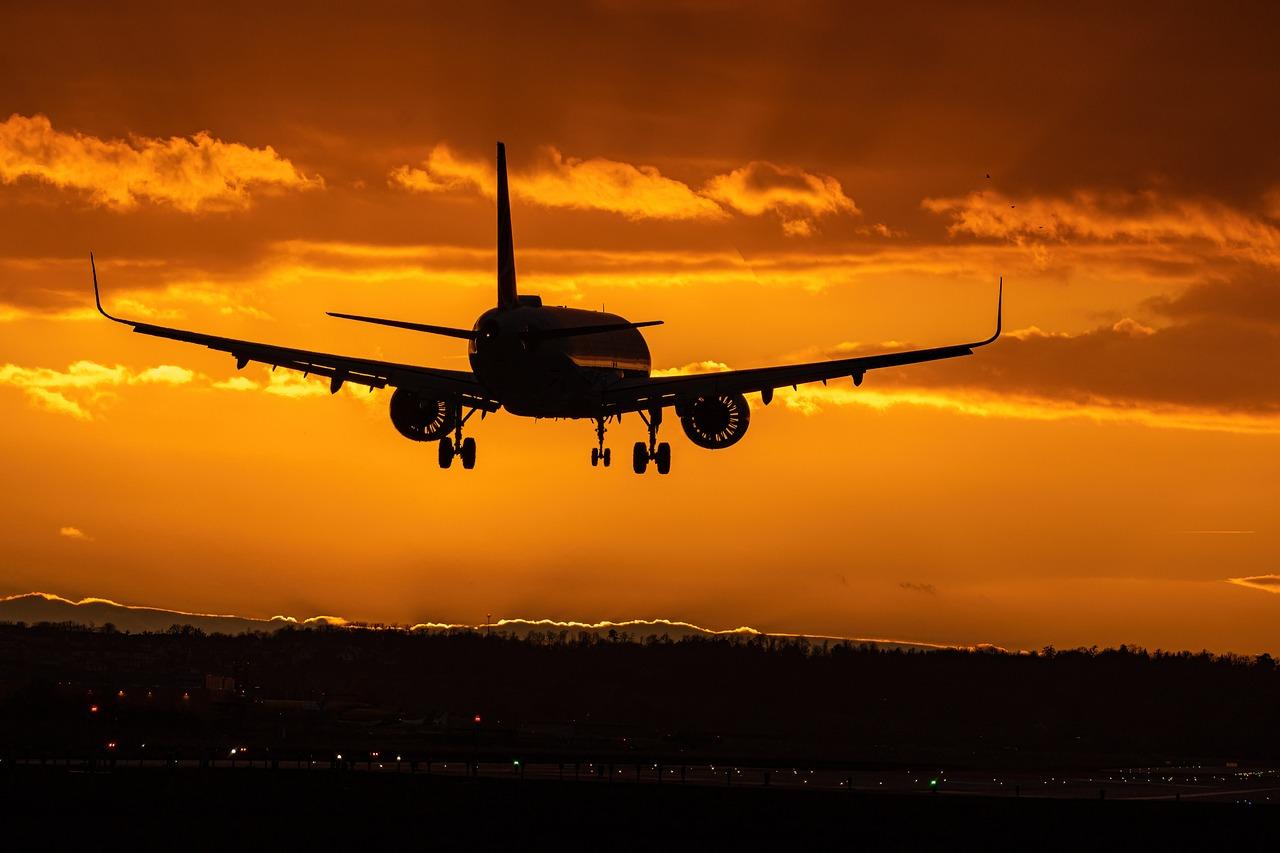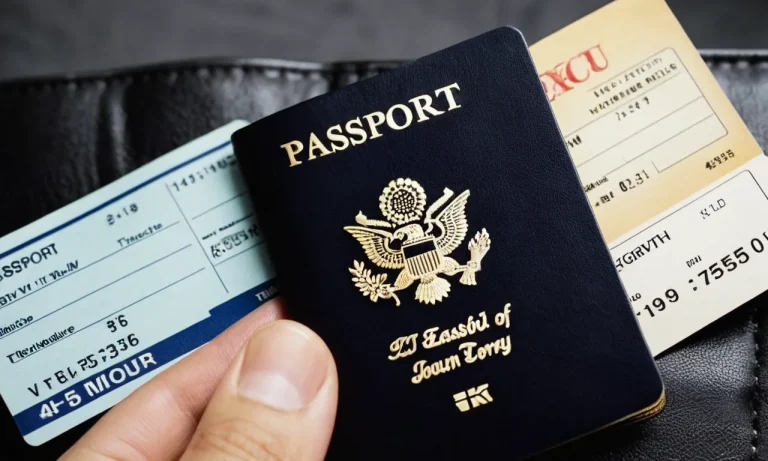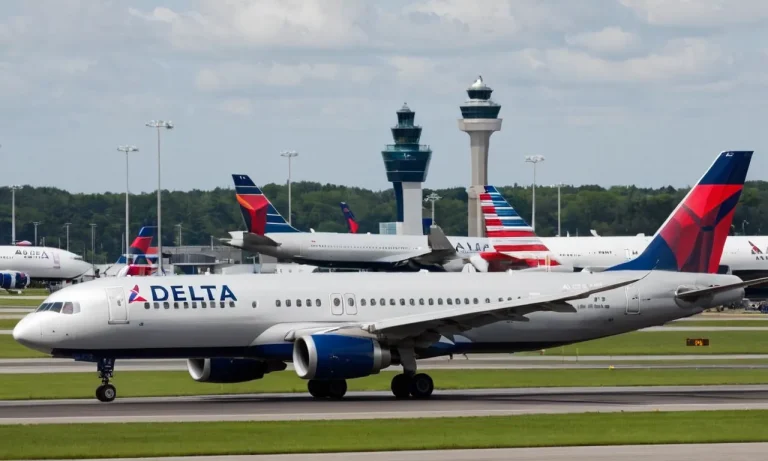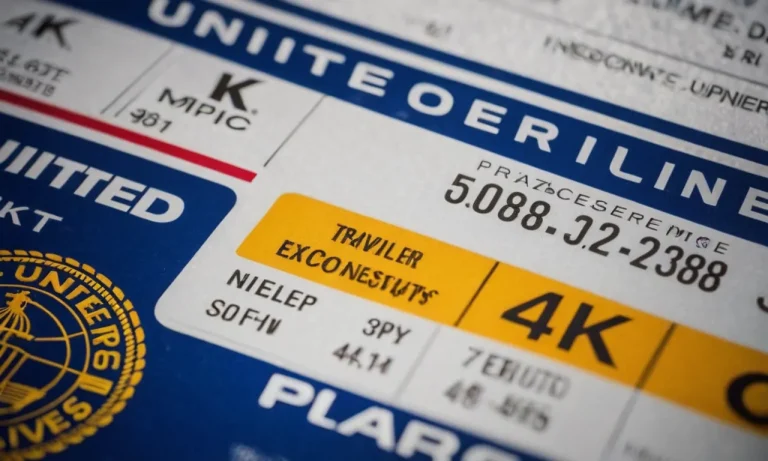Since the Wright brothers’ first powered flight in 1903, air travel has become one of the primary modes of transportation around the world. For many curious travelers, the mechanics of flight remain a bit of a mystery.
One common question is, how fast does a plane need to go to take off from the runway? If you’re short on time, here’s a quick answer to your question: most commercial airliners need to reach speeds of 130 to 180 mph before their wings can generate enough lift for takeoff.
In this comprehensive guide, we’ll explore the physics behind aircraft takeoff speeds, look at the many factors that determine these speeds, and examine how takeoff performance has evolved along with aviation technology over the past century.
Forces Acting on an Aircraft During Takeoff
When an aircraft takes off, several forces come into play, each playing a vital role in the process. These forces include lift, weight, thrust, and drag.
Understanding how these forces interact is crucial in determining the speed a plane needs to achieve for a successful takeoff.
Lift, Weight, Thrust, and Drag
Lift is the force that opposes the weight of the aircraft and allows it to become airborne. It is generated by the wings as they move through the air.
The shape of the wings, known as airfoils, creates a pressure difference that generates lift.The greater the lift, the easier it is for the plane to take off.
Weight, on the other hand, is the force exerted by gravity on the aircraft. It pulls the plane downward, opposing the lift. The weight of the aircraft must be counteracted by a sufficient amount of lift to achieve takeoff.
Thrust is the force that propels the aircraft forward. It is created by the engines, whether they are jet engines or propellers. To take off, the thrust produced by the engines must be greater than the drag acting on the aircraft.
Drag is the resistance encountered by the aircraft as it moves through the air. It is caused by the friction between the aircraft’s surface and the air molecules.
Drag opposes the forward motion of the aircraft and must be overcome by the thrust generated by the engines.
Critical Takeoff Speeds Explained
The critical takeoff speeds of an aircraft are the minimum speeds required to overcome various forces during takeoff. These speeds include the rotation speed, the lift-off speed, and the climb speed.
It is determined by factors such as the weight of the aircraft, the length of the runway, and the aircraft’s center of gravity.
The lift-off speed is the minimum speed at which the aircraft generates enough lift to become airborne. It is influenced by factors such as the aircraft’s weight, wing design, and runway conditions.
The climb speed is the speed at which the aircraft ascends after takeoff. It is determined by factors such as the aircraft’s weight, engine power, and aerodynamic characteristics.
It is important to note that these critical takeoff speeds can vary depending on the type of aircraft, the weather conditions, and other factors.
Pilots rely on detailed calculations and performance charts to determine the appropriate speeds for a safe and successful takeoff.
Key Factors That Determine Takeoff Speed
When it comes to taking off, the speed at which a plane needs to travel can vary depending on several key factors. These factors not only influence the speed required for takeoff but also play a crucial role in ensuring a safe and successful departure.
Let’s take a closer look at these factors:
Aircraft Weight and Flap Settings
One of the primary factors that determine takeoff speed is the weight of the aircraft. The heavier the plane, the more speed it needs to generate lift and become airborne.
Additionally, the flap settings on the wings also affect the takeoff speed. Flaps are extended surfaces on the wings that increase the lift produced by the aircraft, allowing it to take off at a lower speed.
Pilots adjust the flap settings based on the aircraft’s weight and other factors to optimize takeoff performance.
Runway Length, Surface, Gradient, and Conditions
The characteristics of the runway also play a significant role in determining takeoff speed. The length of the runway is crucial, as it provides the necessary distance for the aircraft to accelerate and reach the required speed.
The surface of the runway, such as asphalt or concrete, can affect the friction between the tires and the ground, influencing the takeoff speed.
Additionally, the gradient or slope of the runway can impact the acceleration and takeoff performance.
Finally, weather conditions such as wind speed and direction can also affect the required takeoff speed.
Air Density and Temperature
Air density and temperature have a direct impact on the performance of an aircraft during takeoff. Air density refers to the amount of air molecules present in a given volume of air.
Higher air density provides more lift, allowing the plane to take off at a lower speed.
On the other hand, lower air density requires a higher takeoff speed to generate sufficient lift. Temperature also affects air density, as warm air is less dense than cold air.
Consequently, higher temperatures can increase the required takeoff speed.
Engine Performance
The performance of the aircraft’s engines is another critical factor in determining takeoff speed. The power and thrust generated by the engines directly influence the acceleration and speed at which the aircraft can take off.
The type and efficiency of the engines, as well as factors such as altitude and air pressure, can impact the aircraft’s ability to reach the necessary speed for takeoff.

Historical Trends and the Evolution of Takeoff Speeds
Throughout the history of aviation, the speed required for an aircraft to take off has undergone significant changes.
This has been influenced by various factors, including advancements in technology, improvements in runway infrastructure, and the use of new materials.
Let’s take a closer look at the historical trends and the evolution of takeoff speeds.
Early Aircraft and the Advent of Paved Runways
In the early days of aviation, aircraft were relatively slow and had lower takeoff speeds compared to modern planes.
This was primarily due to the limited power of the engines and the design constraints of the aircraft.
In the early 20th century, most aircraft were propeller-driven and had fixed landing gear. The takeoff speeds for these aircraft typically ranged from 30 to 60 miles per hour.
As aviation technology advanced, the introduction of paved runways played a significant role in reducing takeoff speeds. Paved runways provided a smoother surface for aircraft to take off and land, allowing for faster acceleration and improved performance.
This development allowed planes to achieve higher takeoff speeds, typically in the range of 80 to 100 miles per hour.
Jets, Swept Wings, and Faster Takeoffs
The advent of jet engines marked a major milestone in aviation history and brought about a significant increase in takeoff speeds.
Jet engines provided much higher thrust compared to propeller-driven engines, enabling planes to achieve faster acceleration and higher speeds during takeoff.
The introduction of swept-wing designs also helped improve the aerodynamics of aircraft, further reducing takeoff distances and increasing takeoff speeds.
These aircraft are capable of carrying hundreds of passengers and require higher speeds to generate the necessary lift for takeoff due to their larger size and weight.
New Materials and Computerized Controls
Advancements in materials science and the use of computerized controls have also contributed to the evolution of takeoff speeds.
The development of lightweight yet strong materials, such as carbon composites, has allowed for the construction of more efficient and aerodynamic aircraft.
These materials reduce the weight of the aircraft, enabling faster acceleration and lower takeoff speeds.
Furthermore, computerized controls and advanced flight management systems have improved the efficiency and safety of takeoffs.
These systems provide pilots with real-time data and assist in optimizing takeoff speeds based on factors such as aircraft weight, runway length, and environmental conditions.
This allows for precise calculations and adjustments to ensure the aircraft takes off at the optimal speed for a safe and efficient departure.
Takeoff Speed Regulations and Runway Performance Calculations
FAA Regulations on Minimum Takeoff Speeds
When it comes to aviation safety, the Federal Aviation Administration (FAA) sets strict regulations on minimum takeoff speeds for different types of aircraft.
These regulations ensure that planes have enough speed to achieve lift and safely ascend into the air.
The specific takeoff speed requirements vary based on factors such as the aircraft’s weight, runway length, and environmental conditions.
The FAA considers several factors when determining minimum takeoff speeds. These include the aircraft’s weight, wingspan, and wing configuration.
Additionally, the runway conditions, including the presence of obstacles and the slope, are taken into account.
The FAA also considers the performance capabilities of the aircraft, such as the engine power, thrust, and the ability to generate lift during takeoff.
It’s important to note that the FAA regulations are continuously updated and revised based on advancements in aircraft technology and safety standards.
Pilots and aircraft operators must adhere to these regulations to ensure safe and efficient takeoffs.
Takeoff Performance Charts and V-Speeds
These charts provide valuable information on the required runway length, takeoff weight, and takeoff speeds based on factors such as temperature, altitude, and wind conditions.
V-Speeds are predetermined speeds that pilots use during different phases of flight.
They are represented by abbreviations such as V1, Vr, and V2. V1 is the takeoff decision speed, Vr is the rotation speed (when the pilot pulls back on the controls to lift the nose wheel off the ground), and V2 is the minimum safe climb speed after takeoff.
Takeoff performance charts and V-speeds help pilots calculate the correct takeoff speed to ensure a safe and successful takeoff.
These calculations take into account factors such as aircraft weight, runway length, and environmental conditions, enabling pilots to make informed decisions and optimize their takeoff performance.
Real-World Examples and Case Studies
Real-world examples and case studies provide invaluable insights into the importance of calculating and adhering to proper takeoff speeds.
This tragic incident highlighted the significance of following proper takeoff speed regulations and conducting precise calculations.
Aviation authorities and organizations continuously analyze real-world data and case studies to improve safety measures and develop more accurate takeoff speed regulations.
These analyses help identify potential risks and areas for improvement, ensuring that the industry maintains the highest level of safety standards.
Conclusion
In closing, we’ve explored the intricacies of how aircraft acceleration and lift generation allow planes to go from ground to air. While early planes needed only reach 40-60 mph to get off the ground, modern jets require double or triple that speed to take flight.
Advancements like jet engines, composite materials, and computerized flight controls have enabled remarkable increases in takeoff performance.
Yet despite all we’ve learned in 120 years of powered flight, the physics first described by Daniel Bernoulli still govern an aircraft’s transition from runway to sky.






